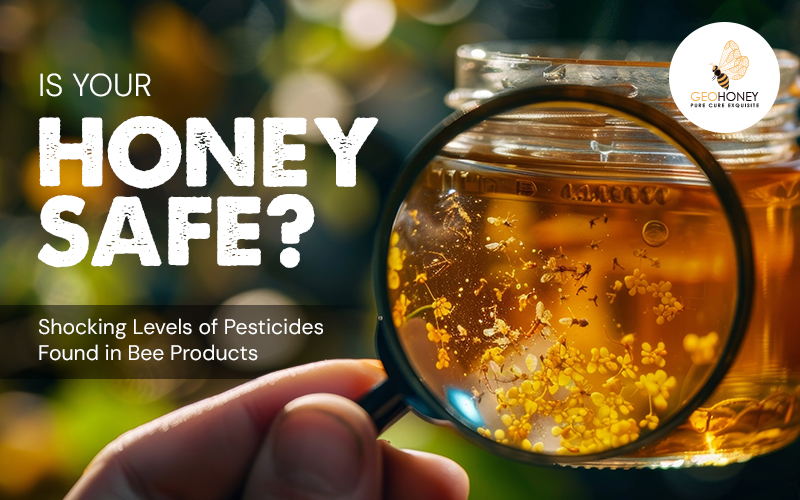- Tokyo: 13:25
- Singapore: 12:25
- Dubai: 08:25
- London: 04:25
- New York: 23:25
Is Your Honey Safe? Shocking Levels of Pesticides Found in Bee Products

Honey is a symbol of purity, but new research tells a more troubling story. A study published in Environmental Toxicology & Pharmacology (April 2025) sampled honey, pollen, and wax foundation sheets from over 40 apiaries. The results are shocking: 96%–100% of the samples contained at least one pesticide residue—revealing chronic, widespread exposure in bee products (ResearchGate).
What they found
Wax foundation and pollen were nearly universally contaminated.
Common agrochemicals, including neonicotinoids and fungicides, persist in hive materials.
Chronic exposure—even at low levels—can subtly impair bee health by affecting development, immunity, and reproductive success (Wildlife Biodiversity,Wikipedia).
Why it matters
Bees ingest or contact these chemicals constantly—not just during foraging, but within the hive.
Long-term exposure could accumulate, increasing risks for colony decline.
Even trace levels can combine synergistically, amplifying their impact compared to single-pesticide studies .
Implications for beekeepers & consumers
Monitoring residue levels isn't just for regulated food safety—it's critical for hive health too.
Sourcing wax foundation from pesticide-free or organic-certified suppliers can reduce contamination.
Demand for raw, minimally processed honey may help reduce exposure—yet vigilance remains essential.
Takeaway
Your sweet spoonful of honey may be carrying unseen chemical baggage. This study urges beekeepers, consumers, and regulators to prioritize pesticide monitoring and take action to protect the intricate balance within hives.





